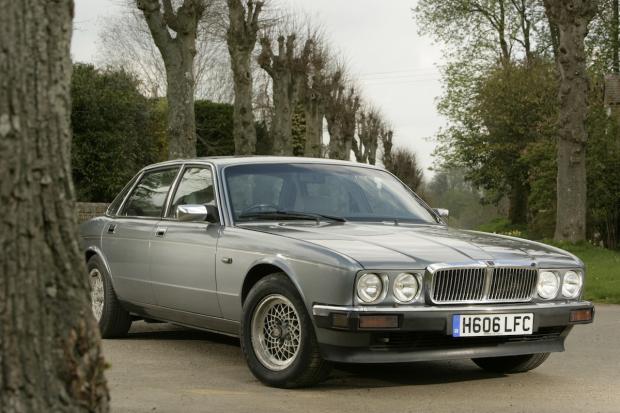
The XJ40’s squared-off nose may divide opinion – if the reaction in our office is anything to go by – but no one can argue that the big Jaguar represents cracking value at the moment.
Launched in 1986, it was something of a trailblazer for the British firm. This was a car that moved the game on from the old XJ6 Series 3, with all-new suspension, a different braking system, lighter body and a precise, electronically managed engine.

The Jaguar initially came with two all-alloy powerplant options, 2.9- and a 3.6-litre versions of the AJ6 straight-six. Both were derived from the V12, but offered quite different driving characteristics.
The former’s single camshaft and over-square dimensions meant that it produced most of its power high up in the rev range.
The larger engine, meanwhile, featured dual-overhead cams and four valves per cylinder, giving it a linear delivery that suited the car. This would further improve when its capacity grew to 4 litres, giving the Jag a 0-60mph time of 7.1 secs and a top speed of 140mph.

The obvious problem with such complex cars is that things do go wrong and they are often expensive to put right.





